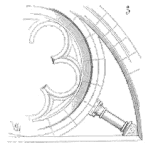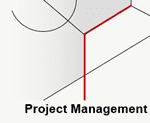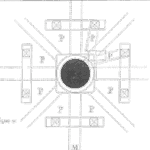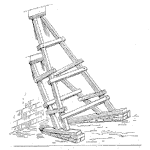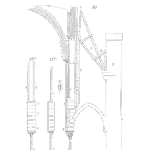
Why Your Operators Need To Be Part Of Your Reliability Program
You drive your car (almost) every day, you will immediately notice a new noise, vibration, or feel to the car. Once you detect this you would report the issue to your mechanic (or if yourself and do the repair), and he would investigate the issue. The repair would be made and the car returned to you.
This same approach is what should be happening in your plant. The operators of the plant equipment, operate the equipment every day and know the equipment. Any changes or variation in the equipment or process would be noticed by them and should be reported to the maintenance department.
Based on this approach that we use every day with our cars, why is it that in many plants the operators do not notify maintenance of changes? Or the notifications go unused or not acted on? [Read more…]




